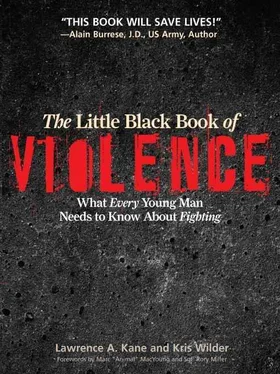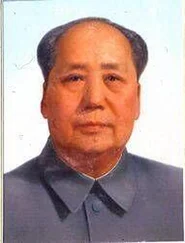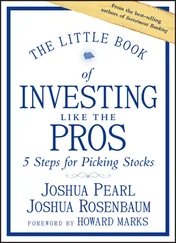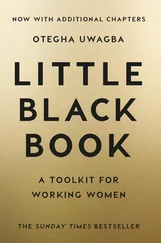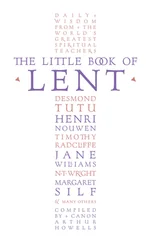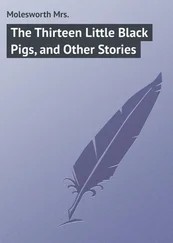
Sometimes you’re confronted by a violent person who has not yet attacked you, but is in the process of working himself up to a fight. You may have the chance to talk him down if you know how to de-escalate a situation, as opposed to trying to show him you aren’t afraid of him, and that he needs to back off (that usually escalates a conflict rather than preventing it). But before you can de-escalate a situation, you need to know what kinds of things will escalate it from a verbal confrontation into violence.
Even if you cannot verbally de-escalate a bad situation, your words can be a powerful weapon for defending yourself on the street. For example, if you are in a public place you may have the opportunity to solicit help from bystanders or create friendly witnesses by using words that point out your danger and clearly articulate who’s the aggressor and who’s the victim. Anyone who stumbles across a fight that’s already in progress has no way of knowing who the bad guy is if you don’t make it clear for him. Furthermore, clever words can distract your adversary and facilitate your escape.
Escape is an admirable goal. Self-defense really isn’t about fighting like most people think. Self-defense is primarily about not being there when the other guy wants to fight. Fighting is a participatory event. It means you were part of the problem. Even if you think you were only ‘defending’ yourself, if your actions contributed to the creation, escalation, and execution of violence then you were fighting. And remember, fighting is illegal.
Not fighting is good because whenever you do get into an altercation there will be repercussions. Perhaps you win, beating the other guy down with your fists only to find that he’s come back afterward with the police, his lawyer, or a gun. Perhaps you lose and take the beat down yourself. If you’re lucky you may end up with nothing more than a few bruises or minor bleeding, yet it’s not unusual to suffer injuries that are far more serious. Go visit an emergency room in an urban area on a Friday or Saturday night and you’ll see what we mean. Such visits can be quite enlightening.
The brutal reality of a violent encounter is that if you are knocked out, severely busted up, or otherwise placed in a position where you can no longer defend yourself during a fight, you are completely at the other guy’s mercy. And often in the heat of the moment, mercy is in short supply. There is only a thin veneer of civilization, laws written on paper and enforced by folks who are much too far away to intervene right here, right now, standing between you and his wrath. He may very well break off the fight when you are curled up into a little ball of agony at his feet. Unfortunately, he may, in his drunken fury, decide to put the boots to you.
The hornet’s deadly stinger was no match for the spider’s nefarious trap. Similarly, it doesn’t matter how tough you are if you never see the other guy coming. Good situational awareness, on the other hand, can keep you safe.
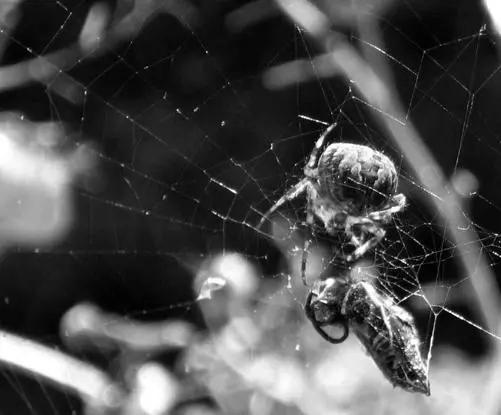
Since not fighting is so important, that’s what the first section of this book is all about—becoming aware of and learning how to avoid violent confrontations. It explains some of the brutal realities of violence so that, perhaps, you won’t want to fight either. You will learn about important concepts such as escalato (the “game” whereby events escalate into violence), victim interviews, predatory positioning, cutting from the herd, verbal self-defense, understanding your adversary, knowing when he’s eager to attack, understanding gang culture, and identifying weapons before they can be deployed against you, among other things.
Unfortunately, there are instances when you have no choice but to fight and others where it is prudent to do so. If so, you need to know how to do it effectively. The second section of this book is about what actually happens during a violent encounter, helping you understand smart things you might want to try and dumb things you should attempt to avoid during a fight. It teaches important principles that help you know when you can legally get away with going physical and identifies appropriate levels of force that you might be able to employ while keeping yourself out of jail whenever you have to get hands on.
The last section covers the aftermath of violence, showing that it’s almost never over when it’s over. Surviving the fight is just the beginning. There is a host of other consequences to address, including first aid, legal issues, managing witnesses, finding a good attorney, dealing with the press, interacting with law enforcement, and dealing with psychological trauma.
The book is laid out as a series of vignettes within each section, each describing a different aspect of what happens before, during, or after violence. You will find quotes from legendary warriors Sun Tzu ( The Art of War ) and Miyamoto Musashi ( The Book of Five Rings ) at the beginning of each vignette, demonstrating that these concepts have been around for a very long time.
Sun Tzu (544-496 B.C.) is an honorific that means “Master Sun.” According to historians, his given name was Wu. His mastery of military strategy was so exceptional that he supposedly transformed 180 courtesans into trained soldiers in a single session in order to secure a generalship with King Ho-Lu. Whether that particular episode is true or not, it is well known King Ho-Lu, with Sun Tzu at his side, defeated the powerful Chinese Ch’u state in 506 B.C., capturing their capital city of Ying. He then headed north and subdued the states of Ch’i and Chin to forge his empire. Sun Tzu recorded his winning strategies in a book titled The Art of War . It was the first and most revered volume of its type, one that is still referenced by military and business leaders throughout the world today.
Aggression doesn’t have to make sense at the time, and often won’t. Whenever the face of violence is glaring at you with that cold, hard stare, however, you must deal with it effectively in order to survive. The brutal reality of a violent encounter is that if you are knocked out, severely busted up, or otherwise placed in a position where you can no longer defend yourself during a fight, you are completely at the other guy’s mercy. There is only a thin veneer of civilization, laws written on paper and enforced by folks who are much too far away to intervene right here, right now, standing between you and his wrath.
Miyamoto Musashi (1584-1645) was born Shinmen Takezō. He grew up in the Harima Province of Japan. Arguably, the greatest swordsman who ever lived, Musashi slew his first opponent, Arima Kihei, at the age of 13. Considered Kensei , the sword saint of Japan, Musashi killed more than sixty trained samurai warriors in fights or duals during the feudal period where even a minor battle injury could lead to infection and death. He was the founder of the Hyōhō Niten Ichi-Ryu style of swordsmanship, which translates as “two heavens as one” or “two sword style.” Like most samurai, he was skilled in the peaceful arts as well, an exceptional poet, calligrapher, and artist. Two years before he died, Musashi retired to a life of seclusion in a cave where he codified his winning strategy in the famous Go Rin No Sho which, in English, means The Book of Five Rings .
Violence is almost never over when it’s ‘over.’ There are a host of consequences to deal with including recovering from physical and/or psychological trauma as well as navigating the legal system, among others.
Читать дальше
